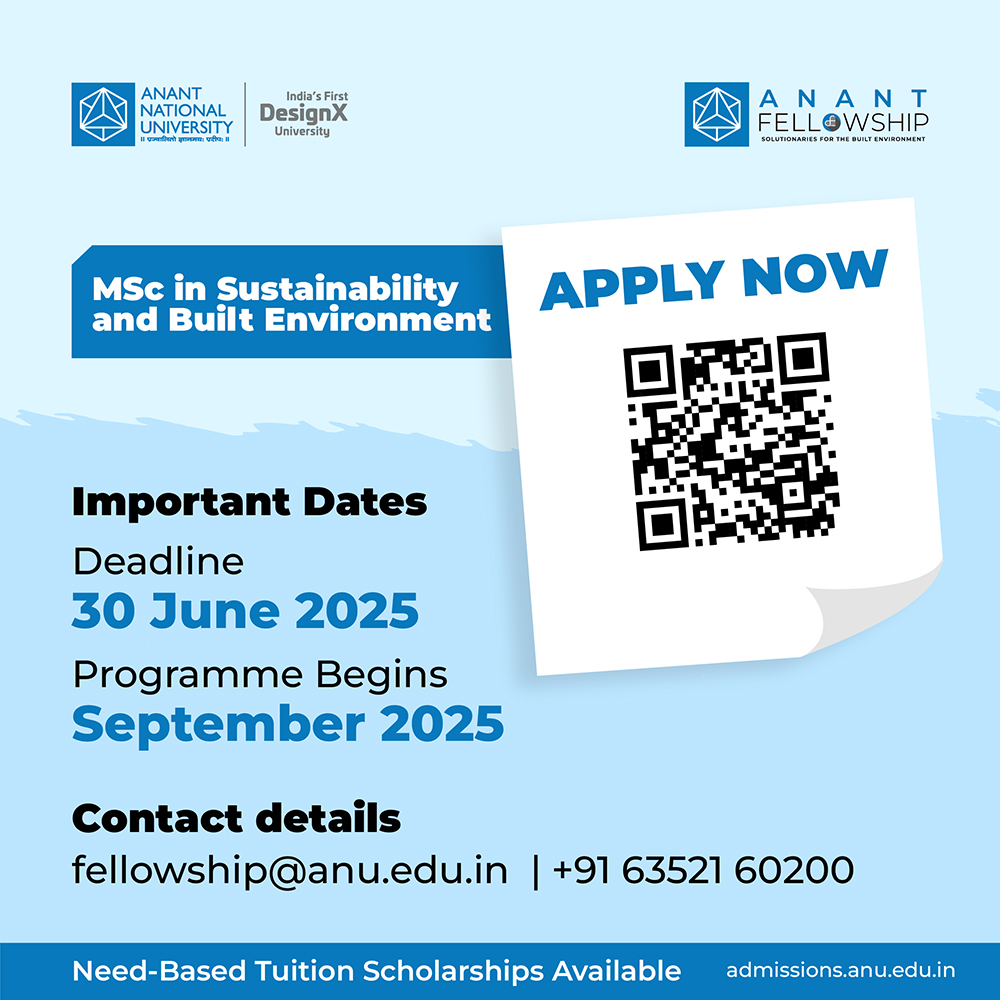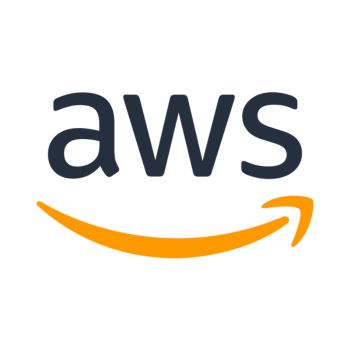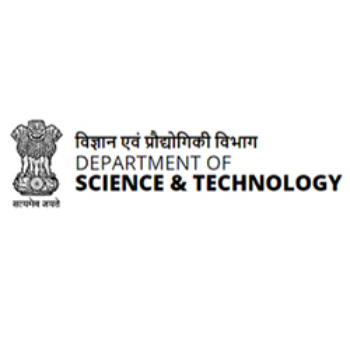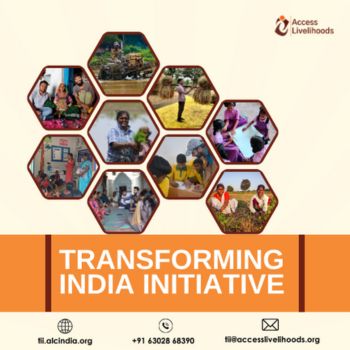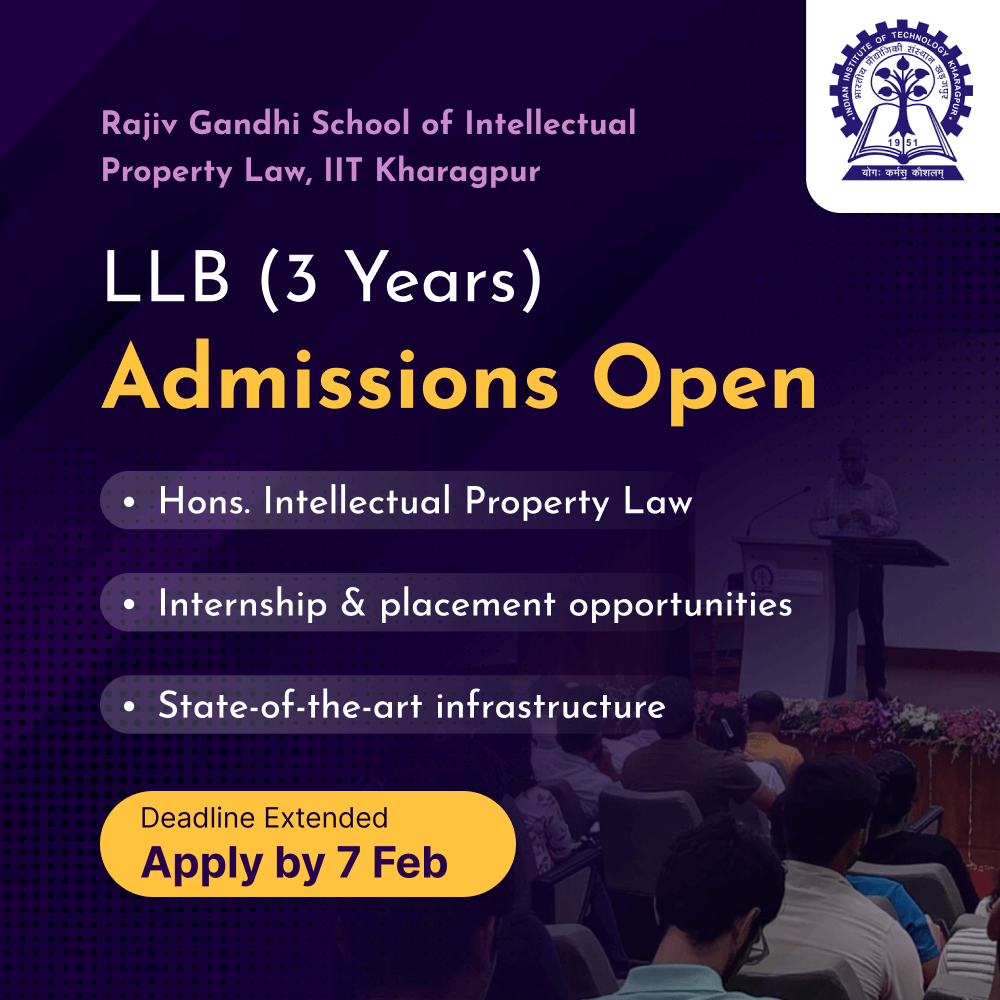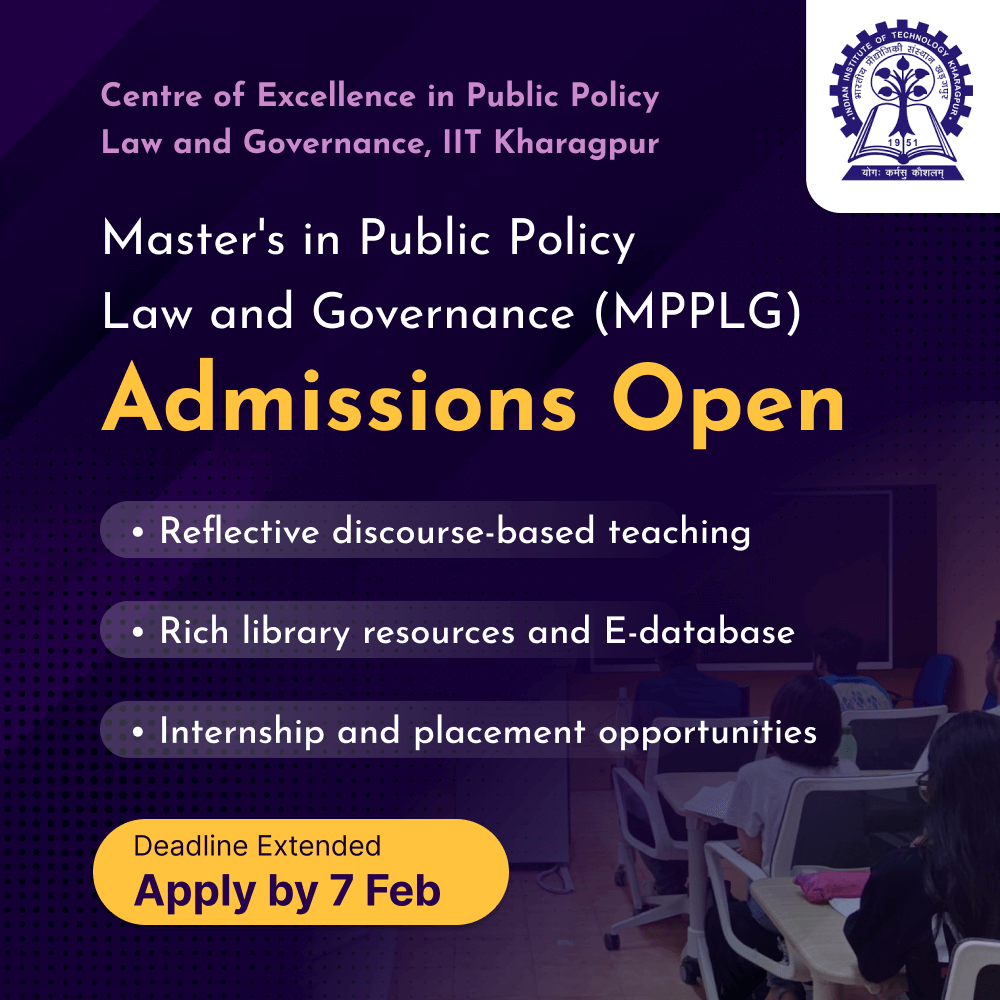Applications are invited for the Qualcomm Innovation Fellowship 2024 from UG and PG in the EE and CSE department-listed institutes. Check the details below!
About Qualcomm
Qualcomm is enabling a world where everyone and everything can be intelligently connected. You interact with products and technologies made possible by Qualcomm every day, including 5G-enabled smartphones that double as pro-level cameras and gaming devices, smarter vehicles and cities, and the technology behind the smart, connected factories that manufacture your latest purchase. Our powerful connectivity solutions keep you connected—even in remote areas.
About QIF 2024
Qualcomm Technologies, Inc. proudly announces the launch of the Qualcomm Innovation Fellowship 2024-2025 program for selected Indian universities. Each winning team (up to 2 students and 1 faculty member) will receive a financial award for the academic year 2024-25, plus the assignment of a Qualcomm researcher(s) as a mentor to facilitate close interaction with Qualcomm.
The Program is sponsored by Qualcomm Technologies, Inc., headquartered at 5775 Morehouse Drive, San Diego, CA 92121, U.S.A. (“Sponsor”).
Fellowship Details
Submissions will be open from Feb 26, 2024. The template is provided on this website for proposal submission by the teams.
The team can be comprised of up to 2 students, wherein at least one student member of the team has to be enrolled as a Master (M.S. / M.Tech.), Dual degree (B.Tech. + M.Tech/M.S.) or PhD student in the Electrical Engineering or Computer Science department (or related department) for the entire 2024-25 academic year. In the case of a dual degree, the student should have completed his/her bachelor’s degree requirements by the end of the 2023-2024 academic year.
A second student team member is optional and may even be a final year undergraduate, i.e., enrolled in the final year of the undergraduate program in 2024-2025. Each student on a team is an “Entrant” and needs to be enrolled as a full-time student in one of the participating institutes.
Also, each team must have one or more faculty advisors supporting the proposal and all the team members and the faculty advisor(s) should be from the same institute. The Master or PhD entrants from each team may choose ideas from their ongoing or planned research and/or thesis projects per their university policies.
Each team shall submit an innovation proposal (download the template) that must include the following:
- Three-page innovation proposal (plus optional page for bibliography/references)
- Introduction and problem definition
- Innovation proposal and relation to the state-of-the-art
- The one-year horizon of the project, even if the proposal is a multi-year project
- Letter from one or more faculty members recommending the innovation, including:
- Why the proposal is innovative
- Why the proposal is important
- Why the current team is likely to succeed in their proposal
- Each student’s Curriculum Vitae
- The team members signed the agreement form (acknowledging the official rules of the Qualcomm Innovation Fellowship program in India). Download the official rules and sign at the marked location in the rules document, thus agreeing to the competition rules.
- The student signed and completed the FCPA (Foreign Corrupt Practices Act) form. (download the Student-FCPA) form
- Note: If selected as a finalist, you will be required to provide a completed FCPA (Foreign Corrupt Practices Act) form, which must be filled and signed by any authorized person in the institute who does not have a financial interest in the Fellowship Program.
- Failure to provide this form by the due date will result in disqualification. The same form can be utilized for multiple teams if represented by the same faculty. Download the Institute-FCPA form or complete it online here.
Eligibility FAQs
- Can students without advisors participate?
- No, The students must find a faculty advisor/sponsor to recommend the innovation.
- The faculty recommendations are an important factor in the judging process.
- Are newly admitted students eligible to apply for the fellowship?
- Yes. Students who begin a Masters (M.S. / M.Tech.) or Ph.D. program in the Fall semester of a
Fellowship academic year are eligible to apply for a fellowship for that academic year. - For example, a student entering a PhD program in the Fall 2024 semester may apply for a fellowship for the 2024-2025 academic year referred to as “QIF India 2024.”
- The advisor’s recommendation should mention that the student has been admitted for the upcoming Fall semester.
- The second student member in the team, if enrolled in an undergraduate program, must be entering his/her final year for the 2024-25 academic year.
- The advisor’s recommendation should mention that the student will graduate from his or her program at the conclusion of the 2024-2025 academic year.
- Yes. Students who begin a Masters (M.S. / M.Tech.) or Ph.D. program in the Fall semester of a
- When do I have to be enrolled to be eligible to apply?
- You do not have to be enrolled at the time that you apply for a Fellowship, but winners must be
enrolled for the entire QIF 2024 Fellowship academic year. In a team of two, this rule applies to both students.
- You do not have to be enrolled at the time that you apply for a Fellowship, but winners must be
- I am graduating soon, am I still eligible?
- Students are eligible if they are enrolled for the entire QIF 2024 Fellowship academic year.
- Therefore, students who intend to graduate prior to the conclusion of the QIF 2024 Fellowship
academic year are not eligible.
- Can previous QIF applicants apply again?
- Of course! Qualcomm encourages former applicants to submit new proposals or update and resubmit them using the current proposal guidelines.
Click here to view more FAQs.
Selection Process
- Idea selection for presentation: Applications must be submitted online by the specified deadline (see Timeline tab). All proposals will be reviewed internally by a team of Qualcomm researchers. A subset of teams will be selected as Program Finalists and notified according to the timelines mentioned in the Timelines tab of this website. Selected (“finalist”) teams will be invited to make a virtual presentation of the research proposal described in their Application to a judging panel.
- Final proposals selection: Each selected (“finalist”) team must prepare a presentation for the judges.
- The format of the finalist presentation will be provided at a later date. The presentation generally includes
- The proposal idea
- The differentiating factors from state of the art
- The execution plan/strength of the team
At least eight winning teams will be chosen from this pool of selected teams after they present to the judging panel.
At least eight winning teams will be chosen from this pool of selected teams after they present to the judging panel. The winning teams will be invited by the Sponsor to a virtual event for presenting the proposal details. All QIF-related information will be announced on this webpage. Please check back regularly for updates.
Faculty & Mentor
In addition to the faculty advisor(s) guiding the fellowship research, Qualcomm Technologies, Inc. will help with assigning mentor(s) to facilitate periodic interaction opportunities with Qualcomm Research.
Funding Renewal Opportunity
The QIF India 2024 winning proposals will be re-evaluated in Apr/May 2025 in the form of a project presentation, with up to one team being granted a funding renewal from Qualcomm Technologies, Inc.
Participating Universities
Qualcomm Technologies, Inc. is inviting applications for the Qualcomm Innovation Fellowship India 2024 from undergraduate and postgraduate students in the Electrical Engineering and Computer Science (and related) departments at:
- Indian Institute of Science, Bangalore
- Indian Institute of Technology, BHU
- Indian Institute of Technology, Bombay
- Indian Institute of Technology, Delhi
- Indian Institute of Technology, Guwahati
- Indian Institute of Technology, Kanpur
- Indian Institute of Technology, Kharagpur
- Indian Institute of Technology, Madras
- Indian Institute of Technology, Roorkee
- Indian Institute of Technology, Hyderabad
- International Institute of Information Technology, Hyderabad
- Indraprastha Institute of Information Technology, Delhi
- Indian Statistical Institute, Kolkata
- Indian Institute of Technology, Indore
- Indian Institute of Technology, Gandhinagar
- Indian Institute of Technology, Jodhpur
Area of Interest
Advanced Semiconductor Electronics
- Ultra-low (uW) power embedded platform for edge computing (ULP architectures and designs, HW accelerators, power generation and management, novel memories, security)
- RF / analog ASICs and architectures (Sub-6GHz 5G power amplifiers, mmWave RFIC and Data Converters for 5G NR, adaptive RF signal processing algorithms, etc.)
- Advanced antenna (mmWave and phase-array antennas), novel antenna materials, structures and implementations
- Power Management ASICs (wide bandwidth SMPS, wide bandwidth envelope tracker, embedded regulation)
- PA linearization techniques for high efficiency PAs
- ASIC implementation methodology development for improved Performance, Power, Area, Yield. On-die power grid analysis and optimization, dynamic and static power optimizations, silicon-driven static timing analysis, design optimization for yield improvement
- Low-power high-speed Data Converters
- Low-power high-bandwidth SERDES for die to die and chip to chip communication
- Low-power high-bandwidth memory interface (DRAM and FLASH) circuits
- Ultra-low power ML HW design using mixed-signal techniques (such as Compute-In-Memory and analog neural network)
- Mixed-signal Analog and RF HW design using ML techniques
- Digital wireless transceivers
- Transceivers for ultra-low power applications with discrete analog signal processing
- Hardware security
- Electronic Design Automation (EDA) algorithms
- New paradigms of digital design
- Circuit design techniques towards better performance
- Yield enhancement strategies
- Design for test
- Design for debug
- Network on chip
Advances in Communication Techniques and Theory
- Reliable low latency communications for licensed/unlicensed in mid band and mmW spectrum
- Machine learning designs for wireless communications systems and algorithms
- Joint communication and sensing/positioning techniques for licensed and unlicensed spectrum
- Vehicle-vehicle, vehicle to infrastructure, and vehicle-pedestrian communications design
- Cooperative sensing and communication for radar and other sensors
- Enhanced ultra wideband and associated ranging techniques (UWB, 802.15.4z/ab, 802.15.14)
- Network topologies using OAM, LOS MIMO, Intelligent surfaces, etc.
- Low energy networks (Wi-Fi, Bluetooth LE, 802.15.4, Zigbee, etc.)
- Low-power signal-processing algorithms for mmW massive-MIMO communication systems
- Advanced low power HW/FW/SW modem implementation approaches
- New signal-processing techniques and use-cases using RF sensing (wireless channel capture)
- Iterative detection and decoding algorithms
- Non coherent communication for low power IoT
- Communication systems design in THz bands
- Security topics including physical layer security, privacy and resilience
- Use of algorithms in the cloud to manage, control and actuate wireless networks
- Network Architecture Evolution (O-RAN) for 6G
- Gigantic MIMO for 6G
- Intelligent Connected Edge (Split Compute Workload) for 6G
- Advanced Antenna/RF Design (Ku band) for 6G
- Advanced Coding/Modulation Techniques for 6G
Autonomous Driving
- Advanced sensors and sensor fusion
- Imaging radar
- Computer vision for autonomy
- Sensor fusion with deep learning
- Behavior planning with uncertainty
- 3D Maps and Localization
- Lidars and Lidar data processing
- Functional Safety and Freedom from Interference
- Cybersecurity for Autonomous Vehicles
- Data Analytics for Autonomous Driving
- Augmented Heads-up Displays
- Driver Assistance in Indian Road conditions
Machine Learning
- Traditional Natural language processing
- Large Language Models and Transformer based Architectural Designs for varied domains.
- Deep learning-based Diffusion Models
- Multimodal Generative Models
- Computer vision
- Reinforcement and Continual learning
- AI for intent alignment(RLHF)
- ML for Combinatorial Optimization
- On-device training and model personalization
- Transfer learning and Knowledge distillation
- Novel compute architectures for ML tasks, e.g., in-memory compute, analog compute
- Traditional Unsupervised Learning
- Bayesian deep learning and uncertainty estimation
- Federated learning
- Self-Supervised Learning
- Causality and Interactive Learning
- Geometric Deep Learning and Graph Neural Networks
- Quantum Machine Learning
- Energy Based ML Models
- Machine Unlearning
Machine Learning Compilers
- Improvements in Code generation (Automatic code generation for various ML operators for a given backend is desired)
- Intermediate representation for machine learning workloads/compilers
- Efficient data layouts for machine learning workloads
- Compilers for machine learning Inference and training
- Compilers for high performance compute architectures
Multimedia Computing
- Real Time 3D perception, mapping, reconstruction, scene understanding and geometry interpretation
- Real time 3D graphics rendering
- Eye-tracking devices and algorithms
- Hand skeleton and multimodal human body pose estimation and tracking
- Low power/complexity rendering systems
- Lighting/illumination modelling
- Multi-focal, near eye displays
- High efficiency video coding techniques
- Deep learning based image and video compression (intra and inter prediction, in-loop filters, transforms, entropy coding)
- Deep learning based optimized video encoding
- Perceptually optimized video coding
- Machine Learning based rendering techniques
- “Visual Quality Assessment: Image, Video, XR”
- 6DoF video compression, Point Cloud compression
- Error-robust speech coding, voice conversion, speech synthesis, non-acoustic speech capture or estimation
- Deep learning-based speech quality assessment
- Dynamic avatar reconstruction using Audio
- Deep learning-based image/video restoration
- Multimodal image analysis – visible light, IR, TOF
- Optics – computational photography co-design
- Deep Learning based optical flow and disparity (estimation, temporal/edge consistency, pre-processing, post processing, fusion)
- Deep Learning based keypoint estimation and matching
SoC / Processor Architecture and Design
- Novel processor & SoC architectures, microarchitectures, processing in memory and techniques & circuits for high-performance, energy-efficient, and reliable computing
- Novel architectures for applications including artificial intelligence, edge training, inference, IoT, XR, mobile, automotive, gaming, server & compute
- Architectural support for novel programming models of heterogeneous SoCs
- Architecture and logical partitioning of SoCs for multi-die or chiplets (2D, 2.5D, or 3D) based implementation
- EDA for SoC design and application of Machine learning techniques for VLSI HW design
- Novel ML-accelerator core micro-architecture design (e.g. convolution, depth-wise convolution and conditional compute)
- Novel Compute-in-Memory (CiM) micro-architecture for ML operators
Secure System Design
- Secure Design: Isolation technologies: Virtualization, enclaves, and software sandboxing, with a focus on heterogeneous systems on chip
- Secure Design: Methods for secure implementation of post-quantum cryptography and tools to detect issues in those implementations
- Secure Design: Machine learning model security against adversarial attacks
- Vulnerability Detection: Automated analysis and verification of communication protocols in standards and in implementations
- Vulnerability detection: New tools and techniques for finding exploitable vulnerabilities in Software with a focus on embedded systems
- Vulnerability detection: New tools and techniques for finding exploitable vulnerabilities in Hardware with a focus on embedded systems
- Vulnerability detection: Software-based exploitation of hardware vulnerabilities, such as micro-architectural, side-channels and glitch attacks, and proper countermeasures
Semiconductor / Process Engineering: Packaging, Test, Quality and Yield Learning
- CMOS package integration (thermal-aware designs or circuits, advanced packaging techniques, antenna-in-package etc.)
- 5G test techniques for mmWave and sub6 devices and system
- Defect-oriented testing and fault modeling in deep sub-micron process nodes
- Applications of Data Analytics, Machine Learning and AI in Test
- Test Challenges for 2.5D/3D Systems in Packages
Graphics Architecture and Applications
- Performance tuning of various ML/DNN/CV algorithms on Adreno GPU
- Smart rasterization (workload reduction)
- Hidden surface removal
- Tessellation exploration
- Efficient Anti-Aliasing
- Alternate rendering techniques like: Ray tracing, Path Rendering.
- Non-uniform block-based compression techniques
- Variable rate shading/Texture Shading
- ML based Rendering – Super resolution, Nerf, Gaussian Splatting, etc.
- Photo realistic rendering in real time
- Motion blur, Depth of Focus, Skin tone mapping, etc.
- Improved HW Architecture for GPUs – Cache structure, SIMD Architecture, etc.
Timeline
- Feb 26, 2024: Call for Proposal opens
- Mar 2024: Info Sessions (Institute notifications to follow)
- Apr 15, 2024: Proposal submission deadline: (10:00h India time)
- May 31, 2024: Proposal presentation by selected ideas
- Jun 26, 2024: Winning team announcements
- Jun 2024: QIF India Day
- Jun 2024: Funding renewal announcement
- Dates subject to change
How to Apply?
Interested candidates can apply through this link.
Deadline
Apr 15, 2024: Proposal submission deadline: (10:00h India time)
Contact Details
innovation.fellowship.india[at]qti.qualcomm.com
